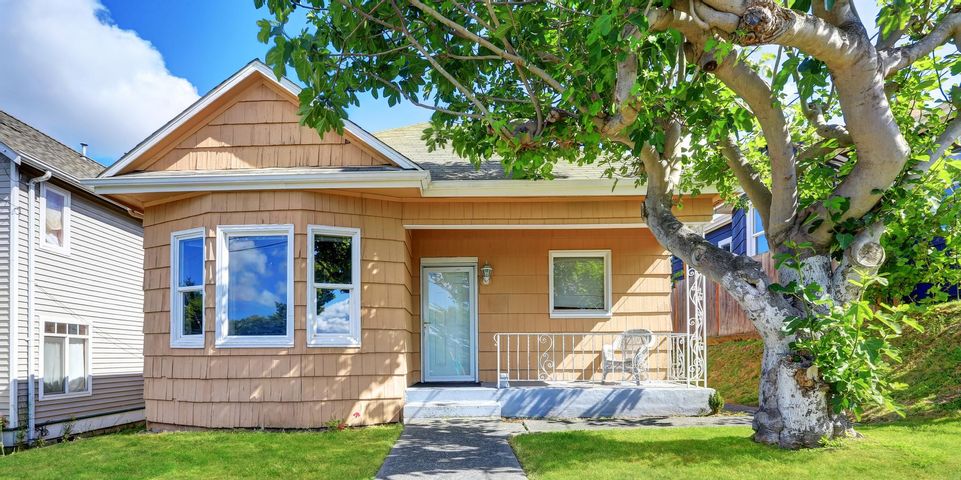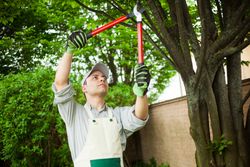
If there’s a tree in your yard, you must keep an eye on its health as part of your landscape maintenance routine. A sick or dying tree poses a risk to your family and other plants nearby. For example, if it’s weakened by disease, a branch may fall and harm your home or passersby. If you aren’t sure if your tree is ill, use this guide to determine its state.
3 Signs Your Tree Is Sick
1. Loss of Bark
As a normal part of aging, healthy trees will shed and regrow their bark. Some diseases can cause severe bark loss, and your tree may be sick if you notice perpetual bald spots on the trunk. In other instances, the bark may be getting devoured by beetles. Without this protective layer, it’s more challenging for the tree to conserve water, regulate its temperature, and execute other basic functions.
2. Branch Issues
 Walk around your tree and inspect its branches. If the tree is dying, the branches may not have new leaves. This occurs when a tree is in distress and can’t devote energy and resources to new growth. You should also inspect the branches for rot, which usually occurs due to a proliferation of fungus. If you find rotten branches, call an arborist to prune them. Until professional help arrives, avoid walking near the tree since soft, rotted branches are unstable and likely to fall.
Walk around your tree and inspect its branches. If the tree is dying, the branches may not have new leaves. This occurs when a tree is in distress and can’t devote energy and resources to new growth. You should also inspect the branches for rot, which usually occurs due to a proliferation of fungus. If you find rotten branches, call an arborist to prune them. Until professional help arrives, avoid walking near the tree since soft, rotted branches are unstable and likely to fall.
3. Fungal Blooms
Fungi will typically grow around a diseased tree. This growth indicates that a portion of the tree is already rotted, and the fungi will smother it. Look for unusual patterns, colors, and growths along the trunk. You should also take a clear, close-up photo of the fungus, so you can show an experienced arborist or landscape maintenance professional. They’ll identify the species to give you further insight on the tree’s condition, then decide how to address the issue.
If you think your tree may be dying, contact the knowledgeable team at AAA Plantscapes Hawaii in Honolulu. These arborists have helped Oahu homeowners care for their trees for over 15 years. After a thorough inspection, they’ll diagnose the issue and suggest the best way to remedy it. Once the sick tree has been addressed, they’ll help you with landscape maintenance to ensure the rest of your yard remains healthy. To get more information about their services, visit the website or call (808) 753-6606.
About the Business
Have a question? Ask the experts!
Send your question

